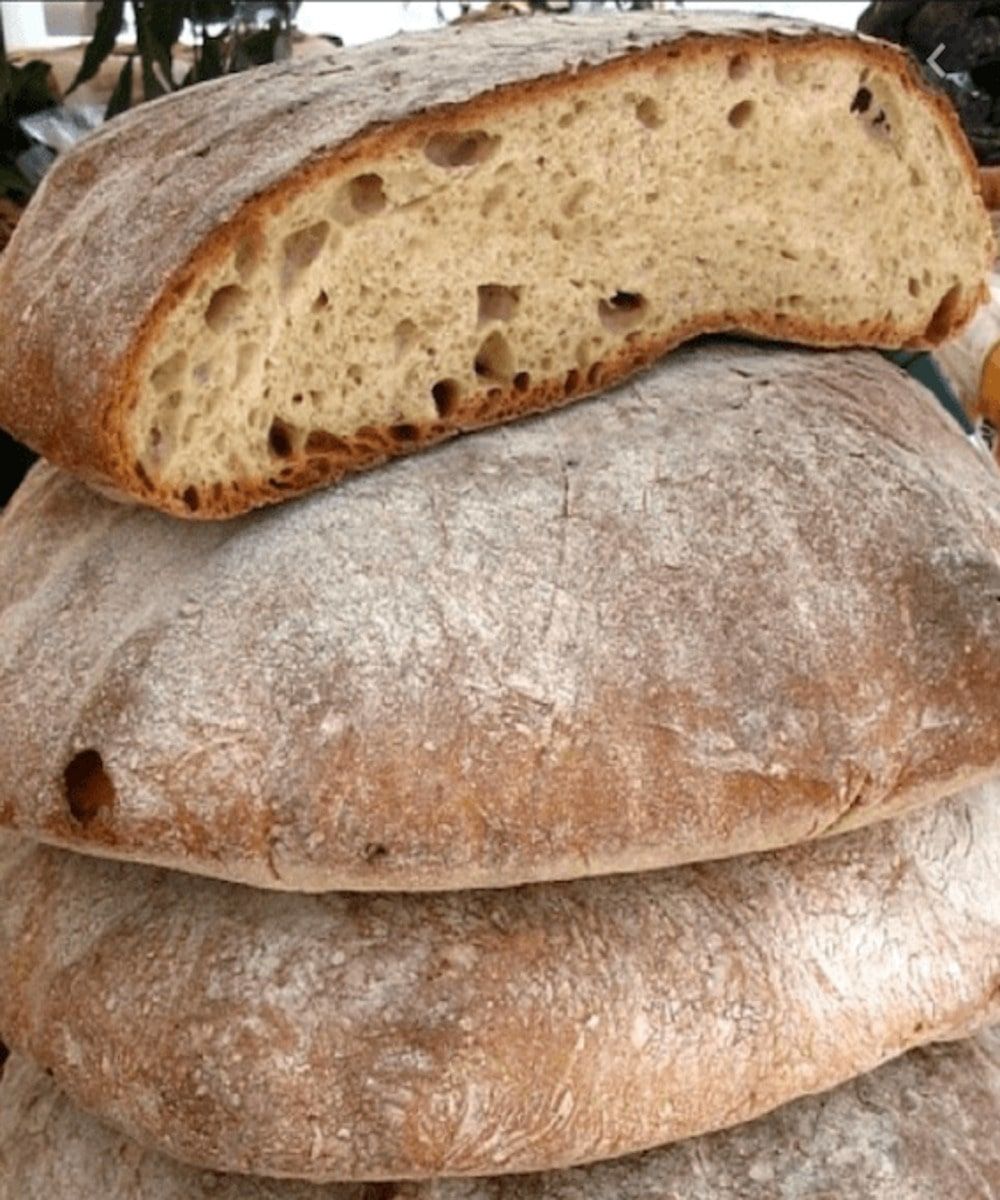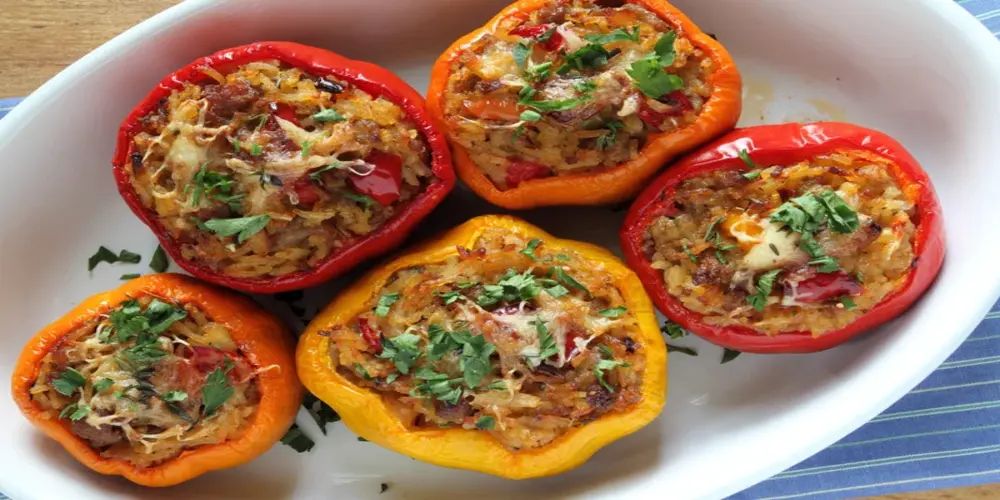Unmissable during meals, without it the table is considered to be set. What are we talking about? The bread, of course! The key food of the Italian diet is also one of the most wanted products by the tourists during their holidays.
Beloved by everyone equally, it represents a cornerstone not only of diet but also of our history in Italy, taking on distinctive features in each region; bread is a national pride and is perfect with savory goods but also with sweet. So today we will take a journey through the types of Italian bread through an analysis of the regional traditions from the north to the islands.

Traditional and immortal delight: here are the types of Italian bread

No meal is complete without bread and at the same time, together with a few other ingredients, it can make delicious, tasty and nutritious lunches and dinners; love for bread in our country is comparable perhaps only to that of pizza. Fragrant, soft or crunchy, its smell when freshly baked is one of the best in the world.
Italians love bread so much that during the first lockdown so many people wanted to bake it at home, rediscovering their grandmothers' old recipes. Today, in fact, there is a trend to use ancient grain flours and experiment for more rustic and distinctive forms of bread.
In Italy there are many types, there are more than 250, which can be divided according to the kind of flour used for preparation. In the North, indeed, soft wheat or other seed flour is mainly used, while in the South, durum wheat flour and bran are preferred.
Are you ready to delight in discovering some traditional forms of this fantastic food? Here are the most famous types of Italian bread region by region in this map.
Bread from the Northern Italy
Our journey into Italian white art begins in the mountains of Val d'Aosta, where the predominant type is rye bread, with its intense aroma, firm texture and dark color, a legacy from neighboring France. Definitely perfect for dipping in fondue, a typical regional dish.
In Piedmont, bread takes on a unique form, because the lords of the table are definitely the breadsticks. Long, crispy and elegant, they reflect the style of the region to which they belong and lightly accompany the meal. Versatile and tasty products, several types exist, from classic and thin ones to the thicker ones, perhaps enriched with flavorings, spices or seeds.
In Lombardy, the michetta (or rosetta), or round sandwich with little crumb and a small size, immediately comes to mind. Michettas are the perfect type of Italian bread for a quick lunch or a tasty snack, especially if slices of prosciutto or mortadella are added.
Liguria is certainly the land of focaccia, tall soft and fragrant with olive oil, but it also boasts many other baked treasures. For example, we cannot fail to mention the buns known as libretti, the booklets, which due to their rectangular shape, or the ancient bread of Triora, the “land of witches”. This apparently had the power to alter the mind because of ergot, which is a cereal that, trivially, was infected. It is actually a loaf baked on wooden boards sprinkled with bran, which gives it a rustic flavor.
Moving to the North-east, in the Veneto region, we find the well-known cookie bread, which was typical of peasants, who soaked it in breakfast milk. These are small twisted-shaped rolls, rather compact and crunchy, which you crumble with your hands.
In Trentino Alto Adige, particularly in the Lake Garda area, the favorite type is pan de molche, so called because it is made from the solid residue from the pressing of olives during the production of oil, the skins and pulp - the molche, to be exact. According to the “throw nothing away” philosophy, in fact, these residues are used with a rather classic dough to create small, soft rolls.
Friuli Venezia Giulia is reminiscent of the strong Mitteleuropean influence and features pan di sorc, which is a sweet-tasting cornmeal loaf. These small buns thus have a yellow color, reminding the polenta, and can be savory or sweet, with raisins, dried figs or cinnamon in the dough.
Going down beyond the Po River, among the types of Italian bread, we cannot miss that of Emilia-Romagna. In addition to piadine from Romagna and tigelle, we find the distinctive coppia or croce, a sandwich made in Ferrara with the curious shape of a St. Andrew's cross. Crispy and crunchy, with not much crumb, it is easily found throughout Emilia.
Taste the real focaccia from LiguriaBread of Central Italy
We continue our journey through the types of Italian bread by coming to central Italy, to Tuscany. Here we cannot fail to mention the very famous pane sciocco (or sciapo, in the Lazio variant), that is, prepared without salt. This special tasting bread is perfect to accompany wines, cheeses and cold cuts, whose saltiness is perfectly dampened.
From the heart of Italy, specifically Umbria, comes pan nociato, which is a rather sweet specialty. As the word itself says, it contains walnut kernels, but also chopped figs and candied citron, and the dough is divided into many small loaves: truly a special type of Italian bread that is worth tasting.
In Latium we find the first PGI product on our itinerary, namely the homemade bread of Genzano, a dark loaf prepared with sourdough, wheat flour and mixed grains. Very similar is Lariano bread from the Colli Albani, rustic and with a darker crust, due to baking on chestnut wood. But we can also find ciriola, the delicious Roman sandwich shaped like a rugby ball.
In the Marche region we enjoy the homemade filone, with remilled flour and a crispy, thin crust, but also the delicious crescia sfogliata, which we could define as a “cousin” of the piadina from Romagna, but it brings also milk and eggs. It is therefore fluffier, softer and more delicate, ideal for soft cheeses and spreads, as well as jams and creams.
We complete this tour of Italian bread types from the center with Abruzzo. Here the bread is all to savor, both with the palate and the eyes: it is the spiga bread, so called because an incision is made on its surface before baking, which gives it a particular shape of an ear of wheat after baking. This loaf has an irresistible fragrance and is easily purchased at all bakeries.
Enjoy all the Abruzzo's delightsBread from Southern Italy and Islands
We conclude our delicious journey through the types of Italian breads with the South. Molise gives us parrozzo, a soft, tasty and rich doughnut-shaped bread made from boiled potatoes and corn flour. Parrozzo derives from “pane rozzo”, “rough bread”, but it also calls to mind the dessert of the same name, also made with cornmeal.
Let's go down to Campania, where we find the delicious Neapolitan pane cafone, a loaf with a soft, spongy crumb and a very hard, crispy crust: delicious when sliced and accompanied by morsels of buffalo mozzarella. On the opposite end of the spectrum, for those who prefer soft bread, there are also tasty oil buns, perfect for a packed lunch or a savory snack.
Apulia holds the excellent Altamura DOP bread, which in ancient times was eaten by farmers and shepherds during their long working days. It features a thick, crisp crust and yellow semolina crumb. In Salento, on the other hand, people enjoy the soft pucce, round, flattened flatbreads that are reminiscent of the unleavened bread of the Middle East and that today are stuffed in a variety of ways - a popular and versatile street food.
In Basilicata, the jewel of the table is the Matera IGP bread, made from durum wheat semolina. The loaf is tall and hearty and has an elongated, arched shape, as if it were an enormous croissant. Its crumb is also valuable for making pasta with crusco bell peppers.
In Calabria, on the other hand, we find the excellent and peculiar chestnut bread, with its characteristic brownish color. This is a very ancient product, eaten especially in winter, made chestnut flour to overcome the high price of classic flour. Today it features a dough of half white flour and half chestnut flour.
We finish our excursus among Italian bread types with the islands. In Sicily people enjoy muffulette, pretty round buns enriched with sesame seeds, reminiscent of hamburger buns. They are traditionally prepared for November 2 (but you can also find them at other times of the year) and are perfect with any kind of cheese or cold cuts, but also with chickpea panelle.
Finally, in Sardinia, the star is the original carasau bread, which looks like a delicate, thin and crispy sheet of dough, also called music paper because of the noise produced while eating it. It is used dry or even wet to make numerous recipes.
Taste all the typical delights of NaplesTypes of Italian bread: the king of creative recycling

Nothing is thrown away at the table, and Italians are masters of creative recycling while cooking. And how better to create delicious recipes than with left-over bread from the day before?
Well yes, because with all kinds of Italian bread, when no longer fresh, you can make something equally delicious: just think of the dough for meatballs, which gain flavor and texture with the crumbs, or fillings for baked vegetables, such as peppers or eggplant. In addition, of course, to the idea of grating it to create breadcrumbs, you can also slice it, toast it and use it as a crouton for soups and stews, or for bruschetta.
Bread, in short, is a versatile, magical product, which can give an extra boost to any meal. Now all you have to do is explore Italy from up to down to savor all these irresistible types.
About the author
Written on 20/12/2020


Valentina Loporchio
Unmissable at lunch and dinner, without it the meal is incomplete: let's discover the types of Italian bread from Piedmont to Sicily